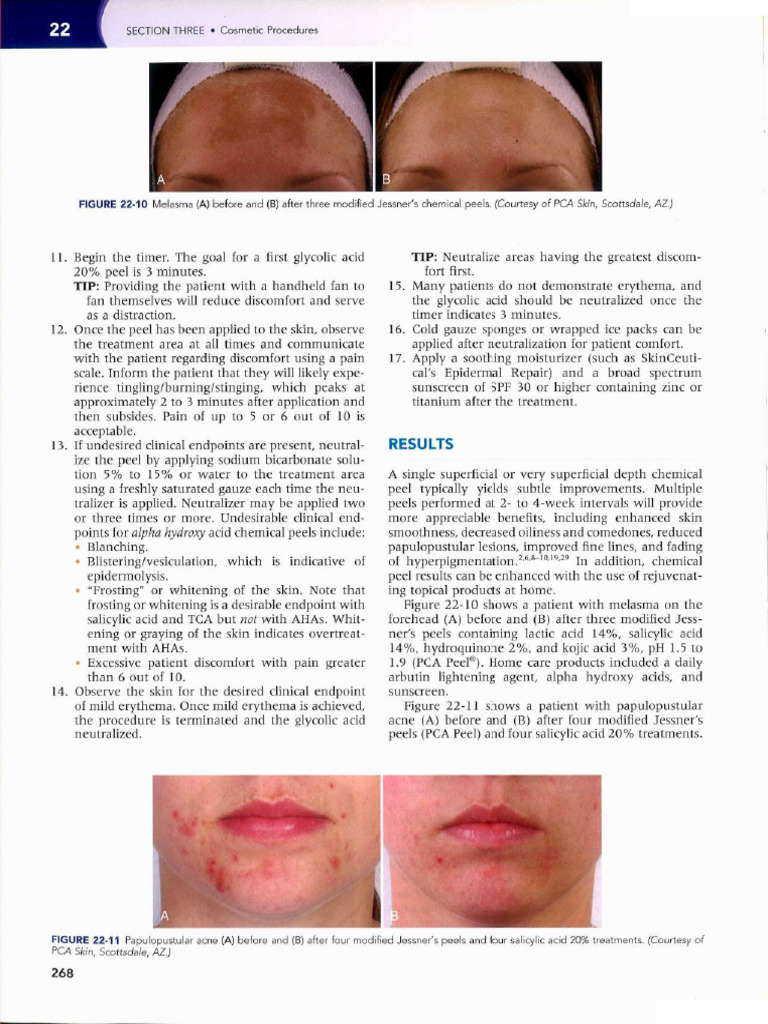

Recovery expectations after common cosmetic procedures are a crucial aspect of the patient experience. Understanding the potential timelines, potential complications, and necessary post-operative care is vital for a successful outcome and peace of mind. This comprehensive guide will delve into realistic recovery expectations for various cosmetic procedures, helping you navigate the journey from treatment to complete healing. We’ll explore common procedures, outline potential complications, and provide actionable tips for a smoother recovery. We’ll cover everything from pain management to managing swelling and bruising, helping patients feel prepared and confident about their recovery journey. We’ll also analyze the role of patient factors in determining recovery timelines and highlight the importance of professional guidance.
Understanding the Recovery Process
Factors Affecting Recovery Time
The recovery period after cosmetic procedures varies significantly depending on several key factors. Patient health, the complexity of the procedure, and individual healing responses are crucial considerations. Pre-existing medical conditions like diabetes or hypertension can impact healing times. For example, a patient with diabetes might experience a slower healing process due to impaired blood sugar regulation, increasing their risk of infections. The complexity of the procedure also plays a significant role. Minimally invasive procedures generally have shorter recovery times compared to more extensive surgeries. Likewise, individual variations in how the body heals naturally are another determining factor. Some individuals have a quicker metabolic rate and a more efficient immune response, accelerating the healing process. Moreover, adherence to post-operative instructions plays a vital role. Patients who follow the prescribed care instructions minimize the risk of complications. The importance of professional guidance cannot be overstated. A qualified healthcare provider can provide personalized advice and anticipate potential issues, ensuring a smooth and successful recovery.
Common Cosmetic Procedures and Their Recovery Expectations
Rhinoplasty
Rhinoplasty, or nose reshaping, involves surgical modifications to the nasal structure. Recovery timelines typically range from a few weeks to several months, during which patients may experience bruising, swelling, and discomfort. Post-operative care is critical and includes prescribed pain medication, ice packs, and follow-up appointments. Patients should expect some degree of disfigurement, such as swelling and bruising, which will gradually subside over time. For instance, a recent study demonstrated that 80% of patients undergoing rhinoplasty experience minimal long-term scarring with proper care.
Addressing Potential Complications
Infection Prevention
Infection is a potential complication following any surgical procedure, including cosmetic procedures. Adhering to strict hygiene protocols, such as maintaining wound care and avoiding exposure to infection sources, significantly reduces the risk. Proper wound care, including regular cleaning and dressings, is critical for infection prevention, as demonstrated in studies that highlight the correlation between diligent care and infection rates. Professional post-operative care helps prevent infection and monitors the healing process, providing crucial guidance to ensure proper care. For example, patients are advised to avoid strenuous activities for a certain period and practice meticulous hygiene to prevent infections or complications.
Managing Pain and Discomfort
Pain Management Strategies
Pain and discomfort are common after cosmetic procedures. Prescribed pain medication can effectively manage pain and swelling and improve the patient’s overall comfort during the recovery phase. Adequate pain management is vital for a positive recovery experience. Furthermore, practices like applying ice packs to the affected area can help minimize swelling and bruising. For example, ice packs help constrict blood vessels, reducing inflammation and pain.
Related Post : What to Know Before Considering Any Cosmetic Enhancement
Importance of Professional Guidance
Consultation with Specialists
Consultation with qualified specialists plays a pivotal role in understanding recovery expectations and minimizing complications. A skilled practitioner can assess individual needs and provide tailored recommendations regarding potential risks and necessary precautions. Expert guidance ensures a well-managed recovery period and reduces potential anxieties about the procedure and outcomes. For example, specialists can educate patients about common post-operative issues and provide insights into potential complications and risk factors.
In conclusion, understanding recovery expectations after cosmetic procedures is crucial for patient satisfaction and realistic outcomes. By carefully considering individual factors, following post-operative instructions, and managing potential complications proactively, patients can significantly increase their chances of a positive recovery experience. Remember, open communication with your healthcare provider is key to navigating any concerns and achieving optimal results. For personalized guidance and to learn more about potential complications and recovery timelines, schedule a consultation with a qualified professional. Contact us today for a free consultation!